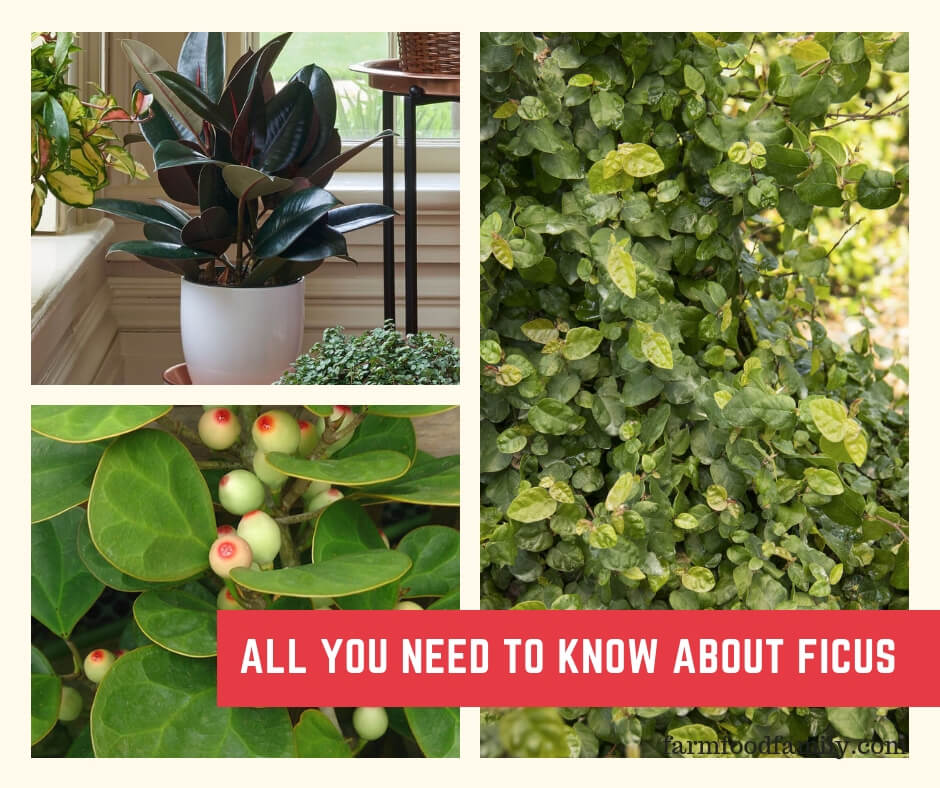The ficus is one of the most popular and perhaps most temperamental houseplants in the world. Here is a quick guide to this beautiful houseplant and tips to keep it happy
The Ficus family is among the most popular houseplants in the world. Varieties range from lush trees up to six feet high to tiny leafed trailing types. The Weeping Fig (Ficus benjamina), Rubber Plant (Ficus elastica) and Creeping Fig (Ficus pumila) are the most well known and commonly available varieties.
All types of Ficus need average warmth(no lower than 50 degrees). The tree types prefer bright light while the trailing and bushy types need partial shade. Watering needs also vary depending on the type.
The tree types should be allowed to dry out between waterings while the trailing types need to be kept evenly moist at all times. Never use cold water on any Ficus. The trailing types also need to be misted regularly to provide the extra humidity they need.
Unlike many other types of houseplants, Ficus does not like being repotted and should be left undisturbed for as long as possible, and should only be repotted every two years or so at most. Here’s a closer look at some of the most popular varieties of Ficus:

Types of Ficus
Mistletoe Fig (Ficus diversifolia)

This is a bushy variety that grows to a height of about three feet. It produces dark green leaves and small green fruits year round – pretty but inedible.
Creeping Fig (Ficus pumila)

This name is given to several trailing types. All have thin wiry stems and make excellent ground covers. F. pumila minima features tiny ½ inch long leaves while F. pumila repens has slightly larger leaves.
There is also a variegated variety. All need evenly moist soil at all times and additional humidity provided by misting or a humidity tray.
Rubber Plant (Ficus elastica)

It has been around for decades and is frequently seen in offices and malls. The most popular varieties are F. elastica robusta with its thick, deep green leaves and upright habit, F. elastica tricolor, with variegated leaves of green, cream, and white, and F. elastica “Black Prince” whose leaves are such a dark green they appear black. All prefer bright light and soil that is allowed to dry out between waterings.
Weeping Fig (Ficus benjamina)

This is the Ficus most people know. It makes a splendid specimen plant in the home and if given the right conditions will grow up to six feet tall. It has arching branches with four inch long, pointed leaves. F. benjamina is also famously fussy and won’t hesitate to drop all its leaves if not given enough light or even if it’s simply moved. This is one plant that doesn’t like to be fussed over.
Common Issues:
Sudden Loss of Leaves
As discussed above, if it’s the Weeping Fig, it’s most likely the result of a move or too little light. For the other varieties, overwatering is usually the cause.
Loss of Lower Leaves
It’s normal for the tree types (Rubber Plant and Weeping Fig) to lose their lower leaves with age.
Dried, Shriveled Leaves
This happens to the trailing types when the soil is allowed to dry out. This can also occur if the plant is put in direct sunlight.
Although they can be fussy, the ficus family make beautiful plants for any home!



